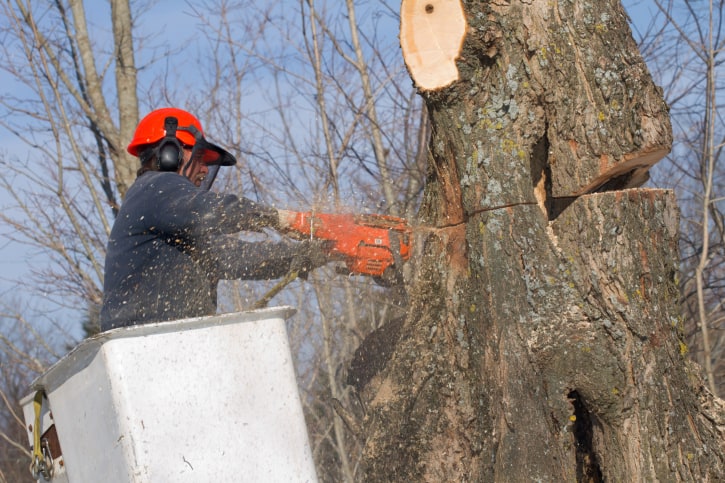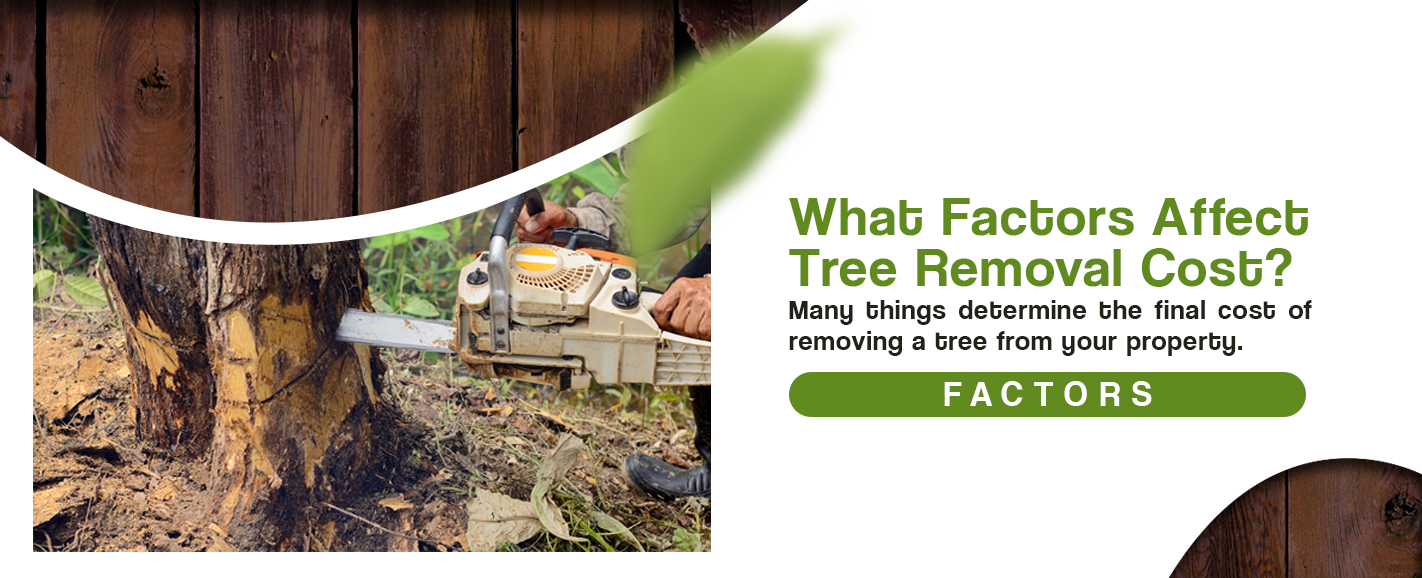Featured
Table of Contents
- – Reliable Tree Removal In Mayfair, CA: Reviews
- – Mayfair, CA Tree Removal: What Affects The Price
- – Mayfair, CA Tree Service Service Costs
- – Mayfair, CA Stump Removal Guarantee Costs: Wh...
- – Indoor Tree Removal Costs In Mayfair, CA
- – Mayfair, CA Tree Trimming Payment Terms
- – Mayfair, CA Tree Removal: Budget-Friendly Opt...
- – Insurance Costs For Stump Removal In Mayfair...
- – Top 5 Ways To Save On Tree Cutting In Mayfai...
- – Typical Tree Clearing Costs In Mayfair, CA
- – How Much Should You Pay For An Tree Cutting ...
- – How To Save Money On An Stump Removal In May...
- – Mayfair, CA Stump Grinding Cost Comparison G...
- – Expected Costs For An Tree Service In Mayfai...
- – Mayfair, CA Arborist: Cost Range

The subsections listed below provide more comprehensive details about rates, including a typical variety for each. TypeAverage Elimination CostPineConiferPalmMagnoliaArborvitaeAshCedarSweet GumEucalyptusSycamoreCypressOakMaplePoplar You can expect to pay in between to remove a pine, depending on its size. Eliminating a pine is one of the more economical tasks unless it is one that has been around for several years and is quite large.
Reliable Tree Removal In Mayfair, CA: Reviews
Pines also have a tap root that grows deep into the soil, which can prove to be harder to remove. The process itself includes an expert cutting the tree, clearing the base, cutting the surface area roots, eliminating the stump, and finally treating the soil. Without a professional hand, you risk leaving pine seedlings behind, which will fall from the roots of distressed pines.
Mayfair, CA Tree Removal: What Affects The Price
The U.S. national average for conifer removal is approximately to have the conifer cut down, transported away, and the stump ground or removed completely. Conifers are generally easier to get rid of, and although they can grow quite high, they do not cost a fortune to remove. Conifers include pine, spruce, fir, and juniper trees.
Mayfair, CA Tree Service Service Costs
While conifers are beautiful, they eliminate native plants and specific types of yard. This is because they require a great deal of water and nutrients to survive, so they leach it off surrounding plants. They likewise have an expansive network of roots, which can impact your home's structure. The typical price of palm removal depends on the height as much as the type, varying from.
Mayfair, CA Stump Removal Guarantee Costs: What's Included
That is why it is necessary to understand which type you are getting rid of. While you do not require an herbicide to eliminate a palm tree, there are some actions your elimination professional will have to take to guarantee the task is done properly. There are 2 methods they can eliminate them: by slicing them down or digging them up.
Indoor Tree Removal Costs In Mayfair, CA
From there, they eliminate the actual tree and then the stump. Anticipate to pay between to remove this type of tree, depending on the specific size and information of the job.
Mayfair, CA Tree Trimming Payment Terms
There are three types: green, white, and black ash. With its gray-tinged bark, its leaves are green or purple in the spring and golden yellow or purplish-red in the fall.
Mayfair, CA Tree Removal: Budget-Friendly Options

The bark is softer, and it blooms later in the year - tree removal. Due to the variation in height, the elimination price difference is broad from. A coniferous, evergreen tree, the cedar is a durable species. Real cedars delight in greater altitudes, mainly in the Himalayas and the Mediterranean. A true cedar can grow as high as 160 feet in height and is frequently planted in the United States as a landscape choice.
Insurance Costs For Stump Removal In Mayfair, CA
The development of false cedars differs from 50 feet up to 230 feet high. With star-shaped leaves and spectacular fall colors, the sweet gum is considered a medium to big tree.
Top 5 Ways To Save On Tree Cutting In Mayfair, CA
Generally, it costs in between to eliminate a eucalyptus. Eucalyptus are not typical all over, however they are rather large compared to others, which is why even the smaller ones are so expensive to get rid of.
Typical Tree Clearing Costs In Mayfair, CA
There are a handful of ways to do this, including burning, pulling, grinding, or eliminating them with herbicide. Expect to pay in between to get rid of sycamores, based upon the height, trunk size, and quantity of work involved. Sycamores are among the biggest wood trees, normally varying from 60 to 100 feet high and as wide as 15 feet.
How Much Should You Pay For An Tree Cutting In Mayfair, CA
The first 2 actions will expose the within the tree and cut off the circulation of nutrients up the trunk. From there, a professional applies herbicide to kill the tree and cuts down the trunk. They will eliminate the stump. Otherwise, new sprouts might grow from it. Lowering and eliminating a full-grown cypress might cost as much as.
How To Save Money On An Stump Removal In Mayfair, CA
There are many different types of Cypress trees, however the most common are the Leyland, Arizona, Bald, and Italian. The Bald Cypress grows in swampy or extremely moist areas while the others take pleasure in a dry, warm, or hot environment (stump grinding). They can grow as high as 80 to 100 feet high
Mayfair, CA Stump Grinding Cost Comparison Guide

Prone to illness, the Cypress is among the most prized woods for furnishings. The typical oak grows to around 60 feet, and depending upon the intricacy of the elimination, it costs approximately to eliminate. The exact size of your oak and the effort needed to fell it impact what you will actually spend for removal along with any additional services like stump grinding.
Expected Costs For An Tree Service In Mayfair, CA
Access to the trees and the roots will likewise affect the overall expense. Maples are usually amongst the more pricey trees to remove because of their size and the work involved in the removal.
Mayfair, CA Arborist: Cost Range
Growing as high as 90 to 115 feet, these massive timbers are primarily discovered in North America and consist of the aspen, cottonwood, and balsam trees. The procedure to get rid of trees includes all the cutting and cutting of the branches and trunk, bringing it down to a stump.
Table of Contents
- – Reliable Tree Removal In Mayfair, CA: Reviews
- – Mayfair, CA Tree Removal: What Affects The Price
- – Mayfair, CA Tree Service Service Costs
- – Mayfair, CA Stump Removal Guarantee Costs: Wh...
- – Indoor Tree Removal Costs In Mayfair, CA
- – Mayfair, CA Tree Trimming Payment Terms
- – Mayfair, CA Tree Removal: Budget-Friendly Opt...
- – Insurance Costs For Stump Removal In Mayfair...
- – Top 5 Ways To Save On Tree Cutting In Mayfai...
- – Typical Tree Clearing Costs In Mayfair, CA
- – How Much Should You Pay For An Tree Cutting ...
- – How To Save Money On An Stump Removal In May...
- – Mayfair, CA Stump Grinding Cost Comparison G...
- – Expected Costs For An Tree Service In Mayfai...
- – Mayfair, CA Arborist: Cost Range
Latest Posts
Conning Towers Nautilus Park, CT Tree Cutting: Real Testimonials
Decoding Tree Service Estimates In Mayfair, CA
Coeur d'Alene, ID Stump Grinding What Affects Cost
More
Latest Posts
Conning Towers Nautilus Park, CT Tree Cutting: Real Testimonials
Decoding Tree Service Estimates In Mayfair, CA
Coeur d'Alene, ID Stump Grinding What Affects Cost